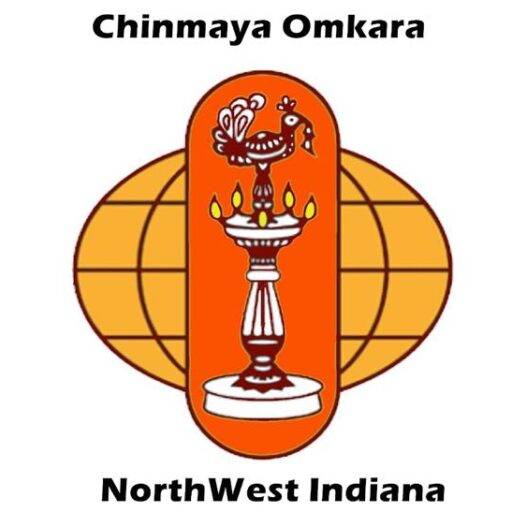Rama Katha removes ‘karta’
Rama Katha removes ‘karta’ Summary of last session (October 30) by Shri. Mohan Khandekar. Shri Vijay ji started the session with Guru mahima. Tulsidas-ji says the “Ram katha has been narrated by many Gurus and listened by a knowledgeable audience but it is still a mystery to me”. Here Vijay-ji points us to the Bhagavad Geeta (Ch. 4-verse 16), where Shri Krishna talks about types of karmas (Karma, Vikarma and Akarma). Vijay ji furthermore refers to Vedas where Karma,Upasana and Knowledge is discussed in length. Not properly recognizing the depth of these three can lead to problems. He reiterated his previous statement “दोष कर्मो मे नही कर्ता मे है”. In this material world the Karta (Ego) is engaged in the “business” of karmas. These karmas will lead him to either more attachments (प्रवृत्ती) or self-realization (निवृत्ती). Arjun understood who karta was but was unsure about karma. 30:1 Our intellect guides us to knowledge. Pure intellect will lead to Real Knowledge. (While making this statement, Shri Krishna, in Geeta, gives testimonials of other Rishis and Munis with similar declarations). Q: How do we purify our intellect? A: Through Shravanam, Mananam and Niddhidhyasam. 30:2 Read second line as निज मोह भ्रम संदेह. (निज=I, मोह= Ignorance भ्रम= Non Apprehension, संदेह=Misapprehension). Ram Katha is like a boat which helps you to cross the transactional world (भवसागर). 30:3 Just like fire turns everything to ashes, Ram katha eliminates ignorance. Here Vijay ji directed our attention to the BMI chart. Karta (Ego) “resides” in V. This is the cause, which expresses through I. The cause is fulfilled by the M and B (senses) This is the effect. This is the principle of cause and effect. Instead of going away from the cause, we create more of it (attachments) and the cycle of Cause-Effect continues. We are born to exhaust our Prarabdha karma, instead we create more and get entangled in the cycle of birth and death. Remove Karta (Ego) to be free from the cycle. In other words, the less you do, the better it is! Let’s turn our attention to Bhakti. Karma will just “happen”. (Bhagwan Vishnu and Bhagwan Shiva are action-less. Work is getting done from them when needed). 30:4/5/6/7 Here Tulsidas ji describes the significance of Ram Katha. –It helps to grow devotion (भक्ती). Ram helps to liberate (मुक्ती). –It is like a kaamdhenu which fulfills all desires. –It is like Sanjeevani which injects new life. –It is like a river of nectar(अमृत की नदी) on the earth. –It is a destroyer of anxiety and delusions. Here he compares the unpredictable human personality to the uncertain behaviour of a frog and a monkey. –It is like Goddess Durga which destroys the evil and protects the virtuous. –It is like Goddess Laxmi, the protector of inner wealth. –It is like Goddess Sarswati who can bear the weight of the entire universe with her firmly rooted knowledge. –It is like Yamuna ji who shields from death. Here Vijay-ji narrated a story about Lord Yama, His sister Yami and His boon. This signifies the bath in river Yamuna in the month of Kartik to attain Moksha. — It is like pias tirthkshetra Kashi which helps to attain jeevanmukti. –It is like Hulsi (Tulsidasli’s mother), which also means Self Realization (आत्मस्वरूप). –It is dearest to Bhagvan Shiv, just like river Narmada. –It gives you peace, prosperity and happiness. (Swami Shankaranand describes this happiness to be the six fold wealth (षटसंपत्ती) –It is like Goddess Amba and Aditi which help to soar the virtues through Devtas. Doha: Here Ram katha is being compared to the river Mandakini which flows in the vicinity of the mountain Chitrakut, a serene and peaceful environment where Shri Ram and Ma Sita reside. Harih Aum
Rama Katha removes ‘karta’ Read More »

